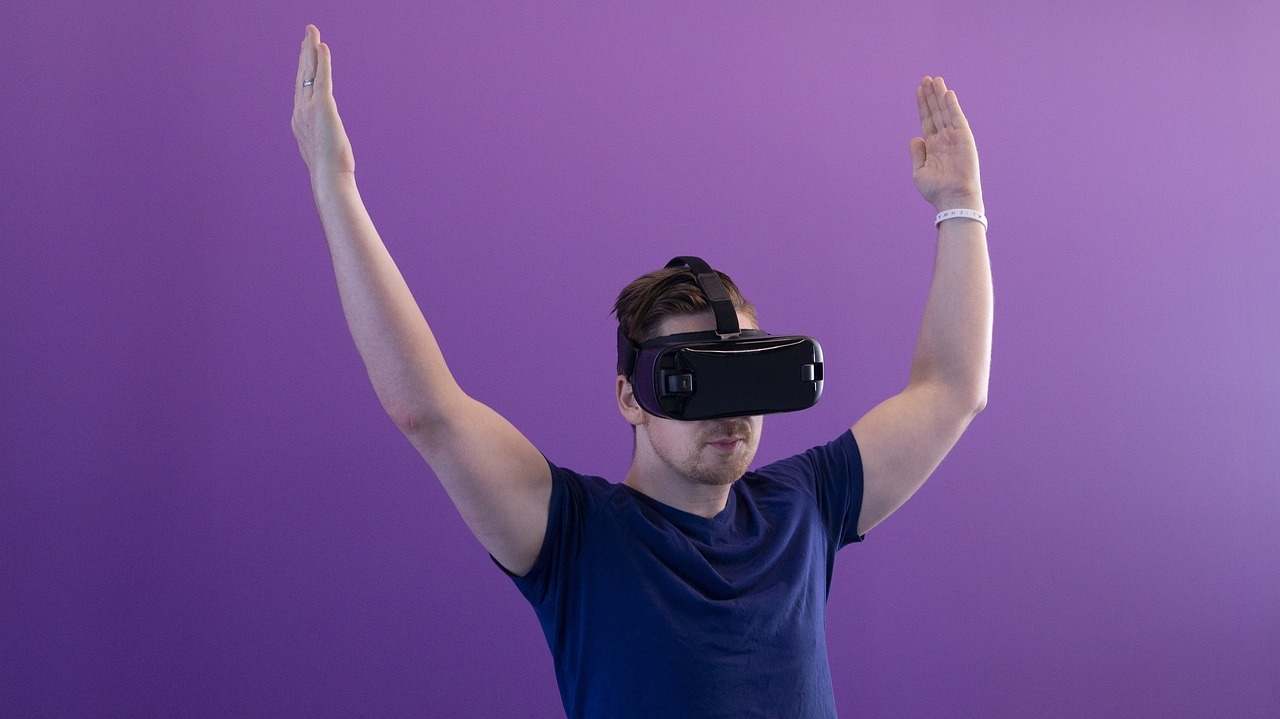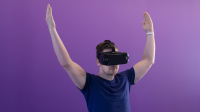What will you learn?
1. What is the WAVE technique and how does it impact dance learning?
2. What are the main differences between the WAVE technique and traditional dance teaching methods?
3. In what additional fields could the WAVE technique be applied?
4. What are the future development plans for the WAVE technique?
5. What benefits does learning dance in virtual reality using the WAVE technique offer?
The New Era in Dance Teaching
The WAVE technique emphasizes the visualization of dancer's movements in a wave-like pattern, facilitating real-time anticipation and mimicry of moves. Professor Perttu Hämäläinen from Aalto University highlights that traditional methods often required repeated practice and simplifications, whereas WAVE enables spontaneous and natural choreography learning.
Applications and Future of the WAVE Method
Although primarily applied to dance, the potential of the WAVE technique extends to other areas such as music video production, karaoke, and tai chi. The next steps include adapting the technique for faster dance styles, necessitating further research and technological development. Aalto University is committed to continuing research on optimizing the WAVE technique to make it a universal tool for various forms of dance and movement.
The WAVE project has the potential to significantly impact how people learn to dance, making the process more accessible and intuitive. By leveraging virtual reality, dance instruction can become more interactive and understandable, opening up new possibilities for dance education worldwide.








